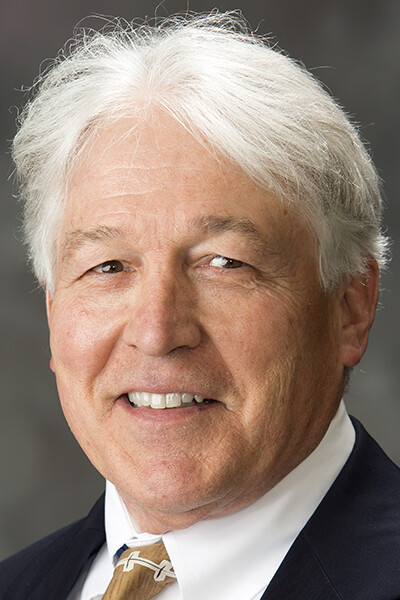
A UNL Center for Brain, Biology and Behavior scientist is teaming with colleagues at three other universities to study the effects of mild traumatic brain injuries in 9- and 10-year-olds who play youth football. It is the largest and most comprehensive biomedical study of youth football.
Arthur Maerlender, associate director and director of clinical research at CB3, will head neuropsychology testing and collection for this study. Virginia Tech leads this $3.3 million, five-year project, funded by the National Institutes of Health’s National Institute of Neurological Disorders and Stroke. Wake Forest University and Brown University are collaborating.
Researchers will track on-field head impacts and rotations using sensors installed in hundreds of players’ helmets and mouthpieces. Players on six recreational teams – two each in Virginia, North Carolina and Rhode Island– will participate and also will receive neurocognitive examinations. The study will follow the teams for five years and individual players to age 14.
With more than 3 million youth football players nationwide, the study’s potential impact is significant, Maerlender said. Findings will expand understanding of what happens during football head impacts and provide science-based information to improve helmet design, practice strategies and safety protocols. The study has implications for other sports.







